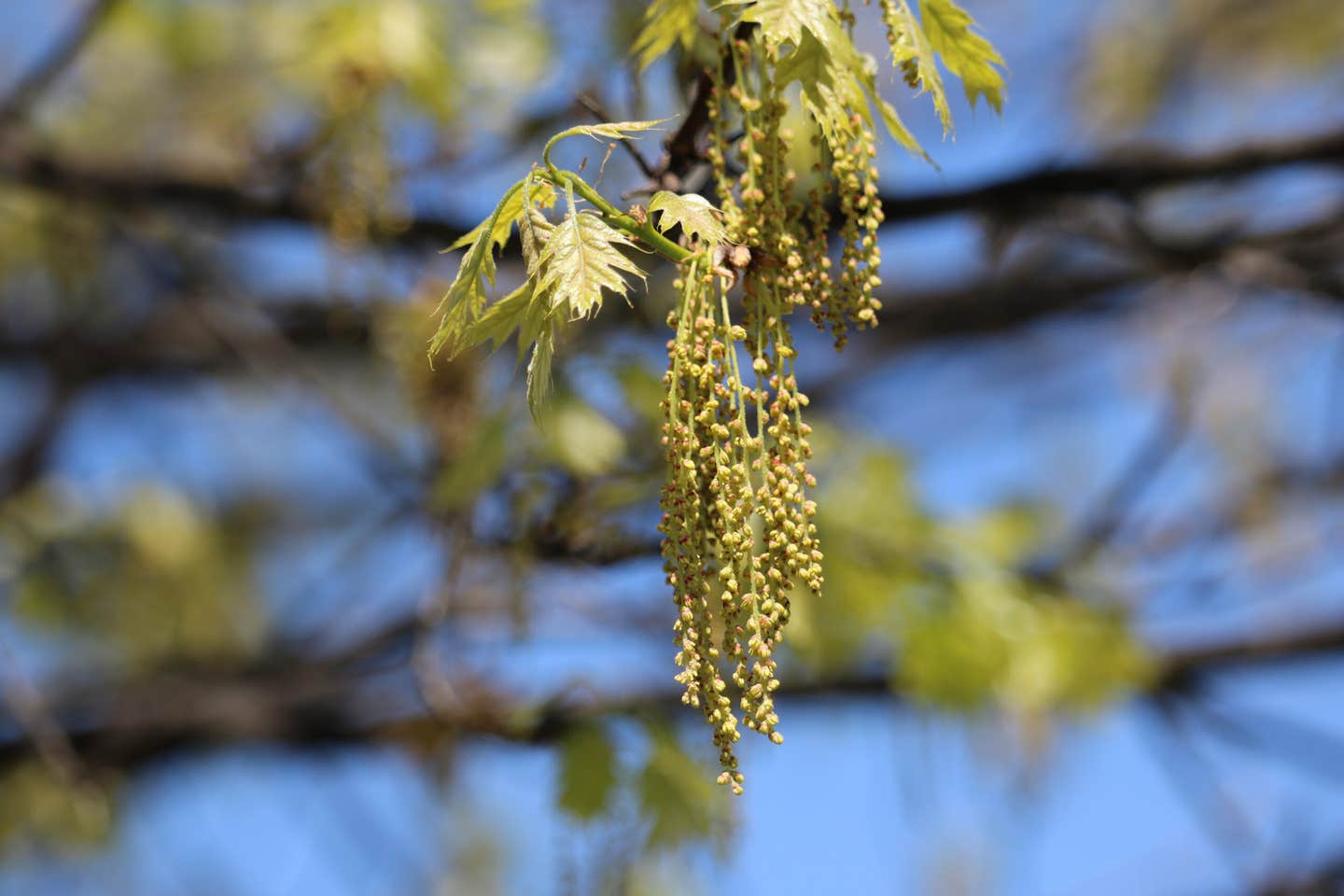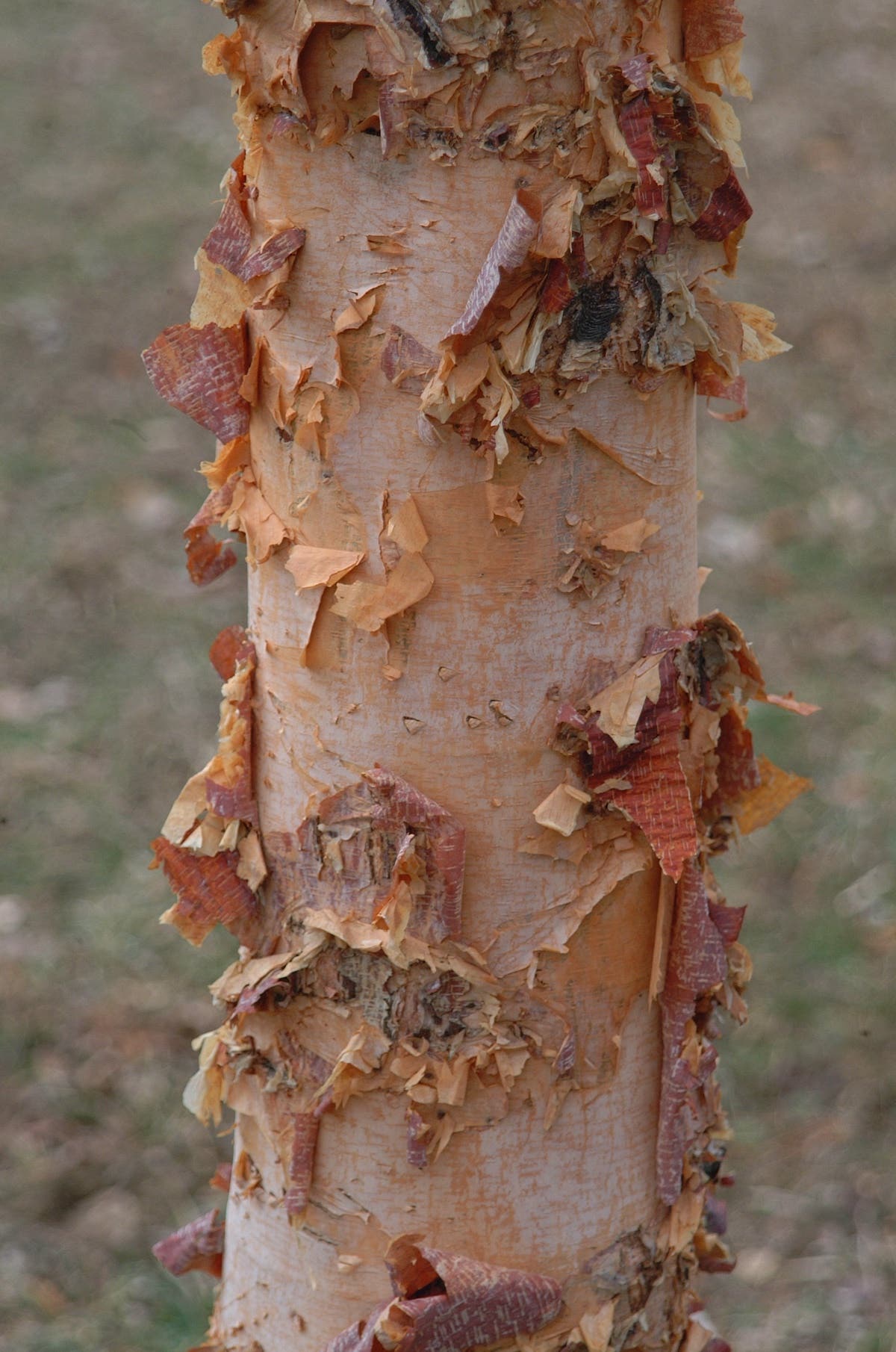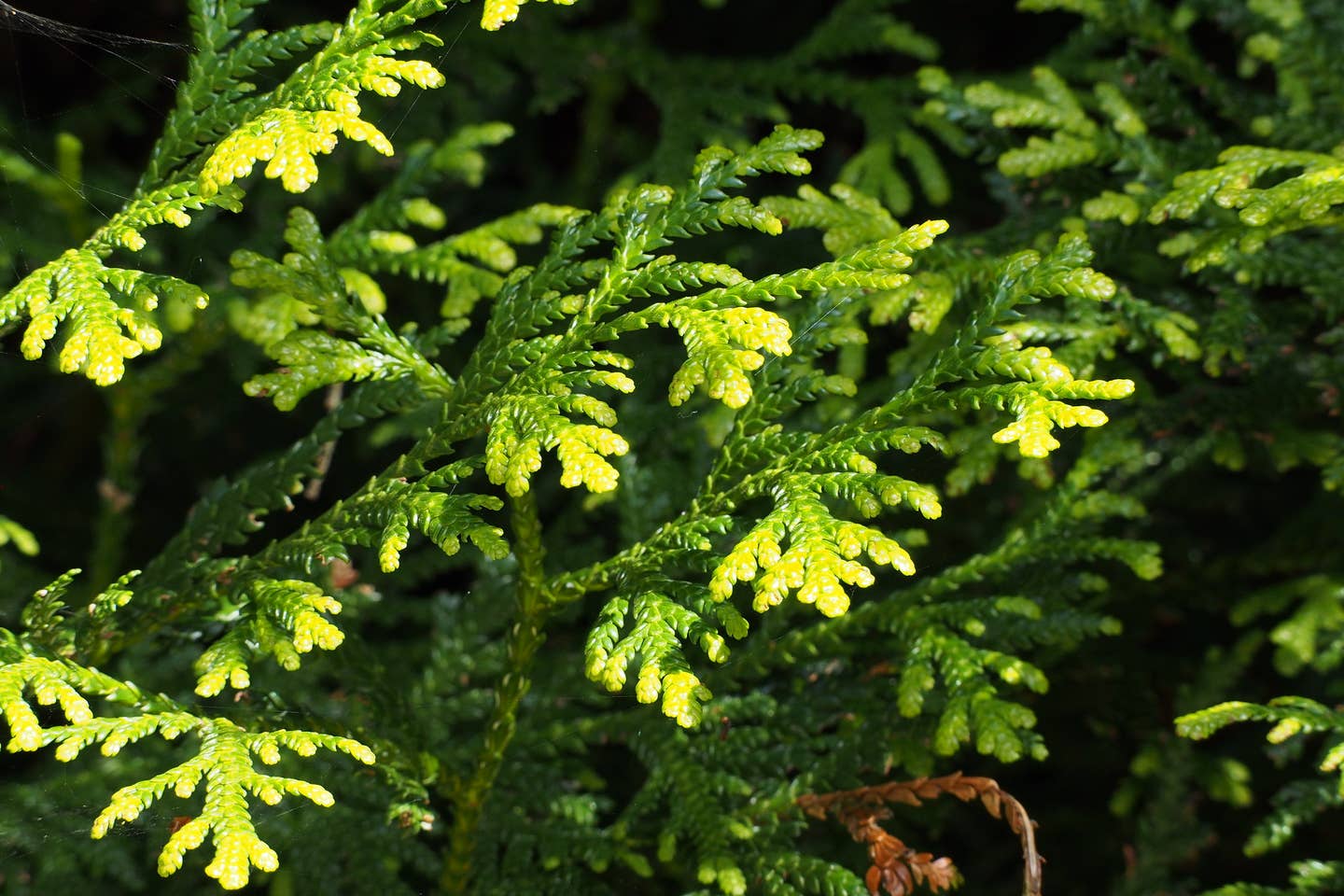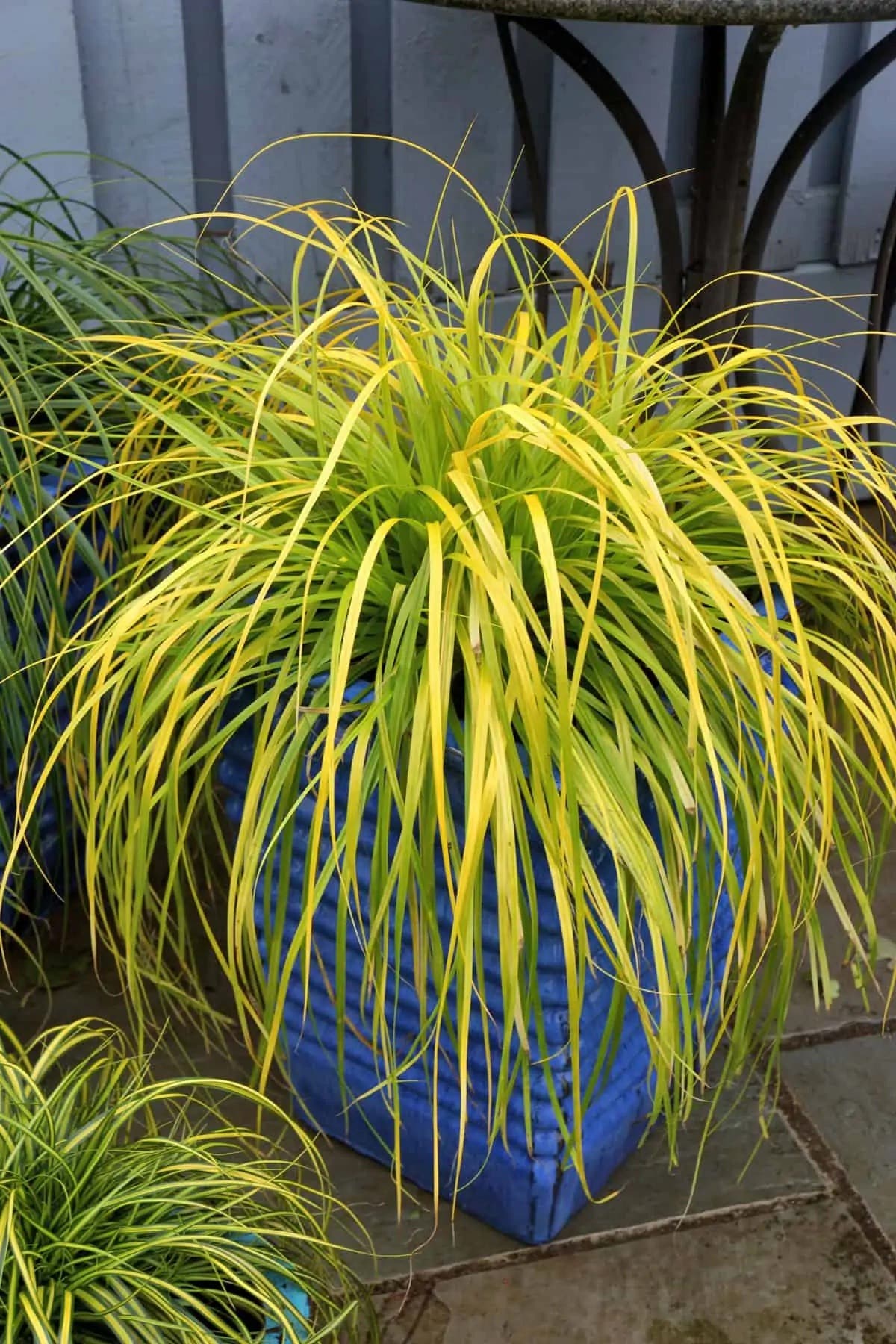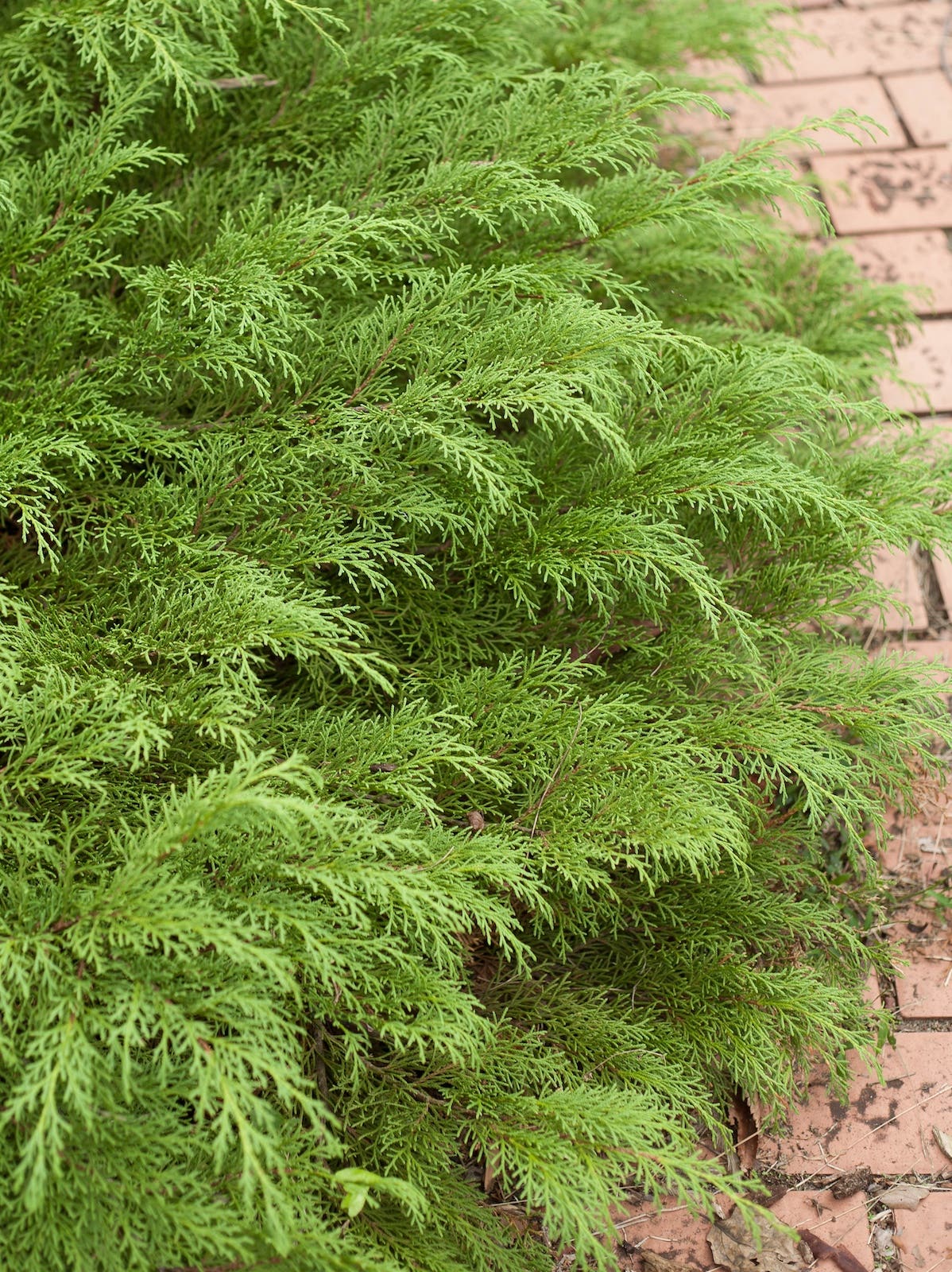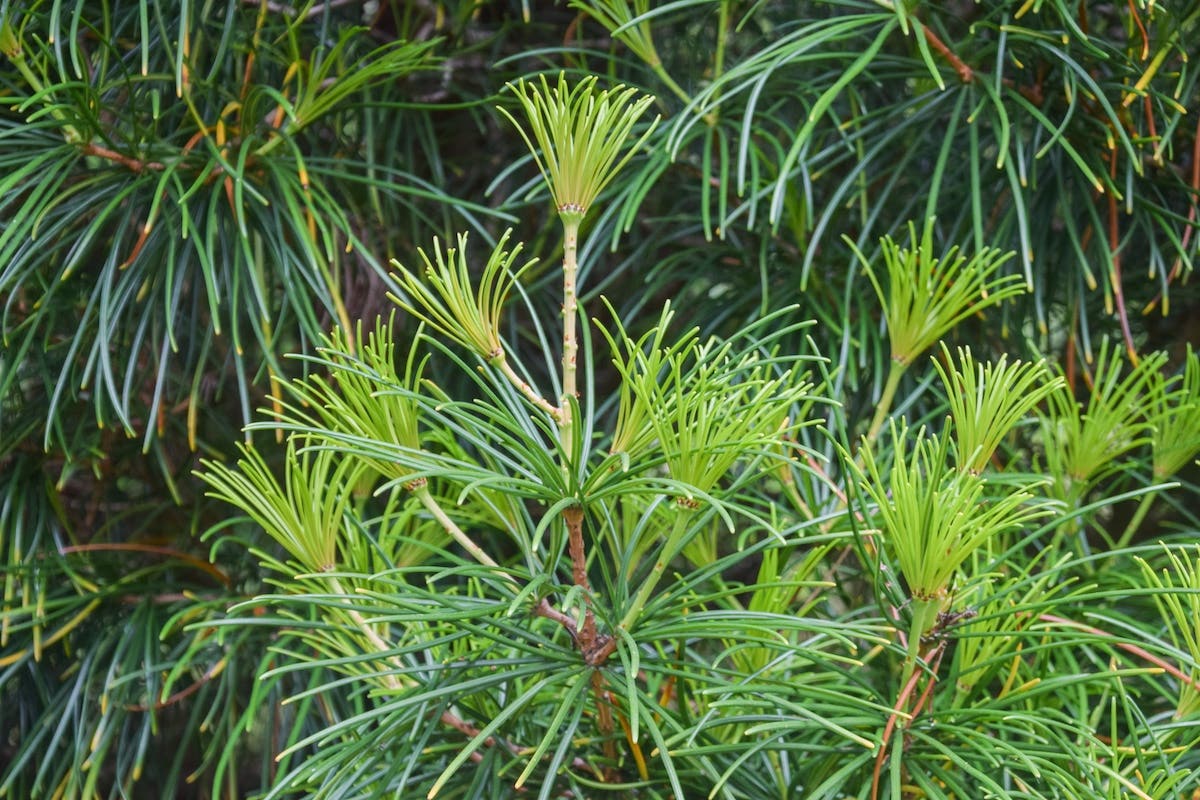Japanese Maples: Small Trees with Great Colorful Foliage
Virtues: We love Japanese maples for their bursts of striking foliage color in radiant shades of yellows, oranges, reds and purples. In spring to early summer, small, deep red flowers…
Virtues: We love Japanese maples for their bursts of striking foliage color in radiant shades of yellows, oranges, reds and purples. In spring to early summer, small, deep red flowers bloom, hidden under the attractive foliage.
Common name: Japanese maple
Botanical name:Acer palmatum
Flowers: Small, maroon-red flowers bloom throughout spring/early summer and produce red samara, a tiny winged fruit; these delicate flowers are often overlooked due to the enticing foliage that surrounds them.
Foliage: Japanese maples have bright green, deeply lobed, star-shaped leaves in summer that transform into breathtaking colors of reds, purples, oranges and yellows in fall. Some cultivars have variegated foliage, or leaves that look red or purple in spring and summer, too.
Habit: These deciduous plants have an upright, rounded habit with most species growing 20 to 25 feet in height with a similar spread.
Season: With their charming silhouettes visible in winter, the new lovely foliage growing in spring, to the (usually) bright green leaves of summer, Japanese maples are intriguing through any season. However, they are most enchanting in fall with the foliage painted in alluring colors of yellow, orange, red and purple.
Origin: Native to Japan.
How to grow Acer palmatum: These moderate-growing plants thrive in acidic, well-drained soil with regular watering. Prune in winter and protect against harsh, drying winds. Japanese maple is most successful in part shade to part sun and in USDA Zones 5–8.
Image: Acer palmatum 'Ornatum'. Public domain.
Note: Acer palmatum has been listed by the US Forest Service–Eastern Region as "of local concern and monitoring. These plants are non-native species that occur locally in our region. They are not currently known to be especially invasive, but should be monitored in the future."
______________________________________________________________
Want great advice on how to grow, maintain and care for trees? Download the Horticulture Smart Gardening Techniques: Trees.
Are your plants not flourishing the way you had hoped? In What’s Wrong with My Plant? you can find easy diagnosis to your plant problems.
Learn how to improve your garden design with Plant Driven Design.
Fill your trees with beautiful melodies by hanging a songbird feeder from their branches.
Have a shady spot that you want to complement with lush plants? Find great shade plant ideas in the Garden How-To University: Shade Gardening.


